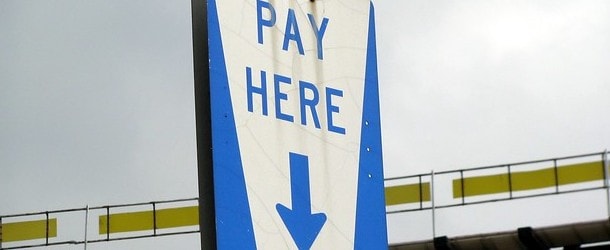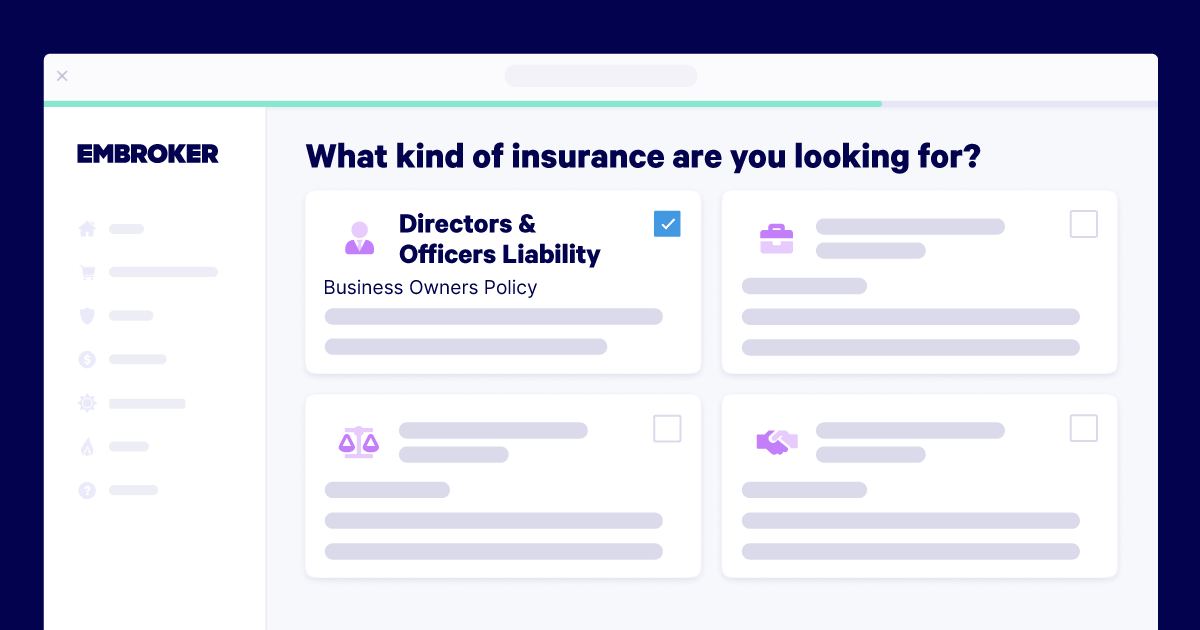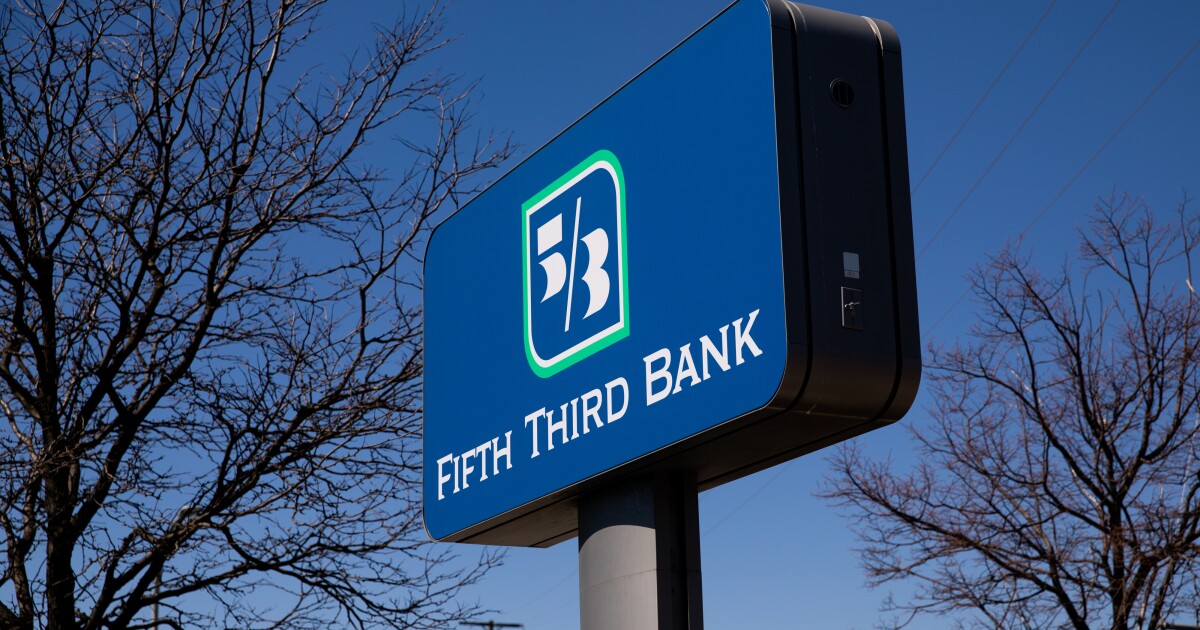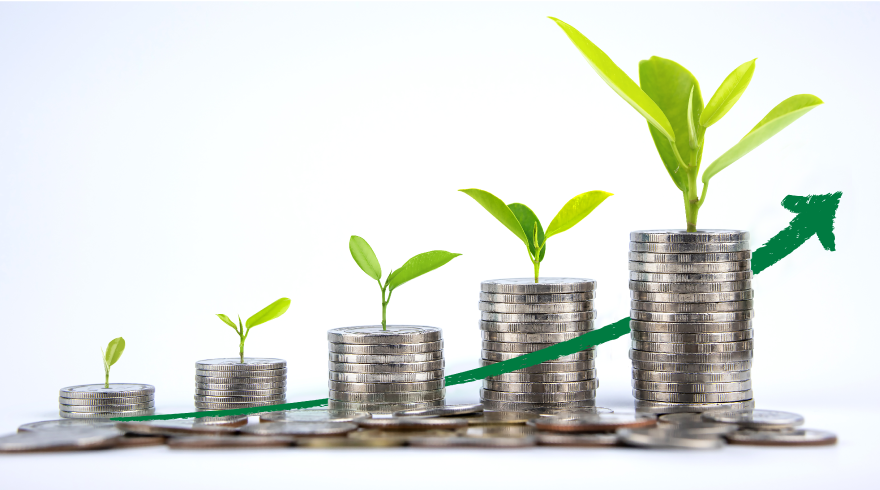If you’re currently thinking about buying a home, or somehow in a position to refinance an existing loan, current mortgage rates don’t look great.
While they might not be as high as they were in the 1980s (when they averaged 18%), the rapid ascent from sub-3% to 7% is no doubt painful.
The obvious issue is that a higher mortgage rate equates to a much larger monthly payment.
You pay more each month and that’s both undesirable and potentially unaffordable.
But assuming you are still able to qualify a mortgage, there’s another huge downside to a higher rate.
Look at the Mortgage Payment Composition
- Home buyers tend to focus solely on the total monthly mortgage payment
- But it’s important to look at the allocation between principal and interest
- When mortgage rates are high a large portion of the payment goes toward interest
- When mortgage rates are low much more of the payment goes toward principal (aka paying down the loan!)
As I’ve written before, a mortgage payment consists of four components: principal, interest, taxes, and insurance.
For short, we refer to it as PITI (see more mortgage lingo here).
The tax and insurance piece is mostly driven by the purchase price, while the principal and interest is dictated by the loan amount and mortgage rate.
Simply put, the higher your mortgage rate, the higher your monthly payment, all else equal.
So if you took out a $500,000 (30-year fixed loan) at 7%, it’d be a lot more expensive than the same loan amount at a rate of 3%.
In fact, it’d be roughly $1,200 more per month, which is clearly nothing to sneeze at.
It’d be more difficult to qualify for the loan thanks to a higher DTI ratio, and harder to make monthly payments during the loan term.
But perhaps just as important, a much smaller portion of your monthly payment would go toward paying off the loan.
Payment 1 @3%: $858.02 in principal, $1,250.00 in interest
Payment 1 @7%: $409.84 in principal, $2,916.67 in interest
For example, the very first payment on the 7% mortgage would consist of a staggering $2,916.67 in interest and just $409.84 in principal.
Meanwhile, the 3% mortgage would consist of just $1,250.00 in interest and $858.02 in principal.
In other words, about 40% of the 3% rate mortgage consists of principal in month one. That means nearly half of your monthly payment from day one is going toward paying off the loan.
Conversely, only about 12% of the 7% rate mortgage goes toward the principal balance in month one. And interest accounts for the other 88%. Ouch!
Here’s what’s even crazier.
It would take more than 10 years of paying down the loan at the higher rate for the principal portion to be equal to what it was on the first month of the lower-rate loan.
That just gives you an idea of how far behind a higher-rate home loan can make you.
What You Can Do About It
| $500,000 Loan Amount | Standard repayment |
Paying $500 extra monthly |
| Mortgage Rate | 7% | 7% |
| Monthly Payment | $3,326.51 | $3,826.51 |
| Extra Payment | $0 | $500 |
| Loan Balance After 60 Months | $470,657.95 | $434,861.50 |
| Total Interest Over Full Term | $697,544.49 | $445,008.69 |
| Possible Savings | $250,535.80 |
By now, you probably realize that a higher mortgage rate isn’t just a higher monthly payment.
It’s also a lot more interest paid over the loan term, and a lot less of your outstanding loan balance whittled down for many years to come.
While this is unfortunate, there is something relatively simple that you can do about it, assuming you’ve got some extra cash handy.
Simply pay extra toward the mortgage and you can substantially reduce the interest expense and ensure a lot more goes toward principal as opposed to interest.
Using the same example from above, imagine if you put $500 extra toward the principal balance each month from the very beginning of the loan term.
In month one, you’d pay $909.84 toward the principal balance, which would be about $50 more than the 3% rate loan.
And while you’d still pay more interest overall versus the 3% rate loan, you could cut your total interest expense by more than $250,000.
Total interest would fall to around $445,000 compared to $698,000 if you just paid the loan as scheduled.
Not quite as good as the $259,000 in interest on the 3% rate loan, but we’re talking about an interest rate that is 133% higher. So it’s still a decent win.
You’d also pay off the mortgage early, by about a decade, turning a 30-year fixed into a 20-year loan.
In the meantime, you could look for an opportunity to do a rate and term refinance to get a lower rate, assuming rates ease in the future.
Speaking of, your loan balance would be a lot lower in just a few years, potentially making it easier to qualify at a lower LTV, which could result in an even lower rate.
Publisher: Source link











